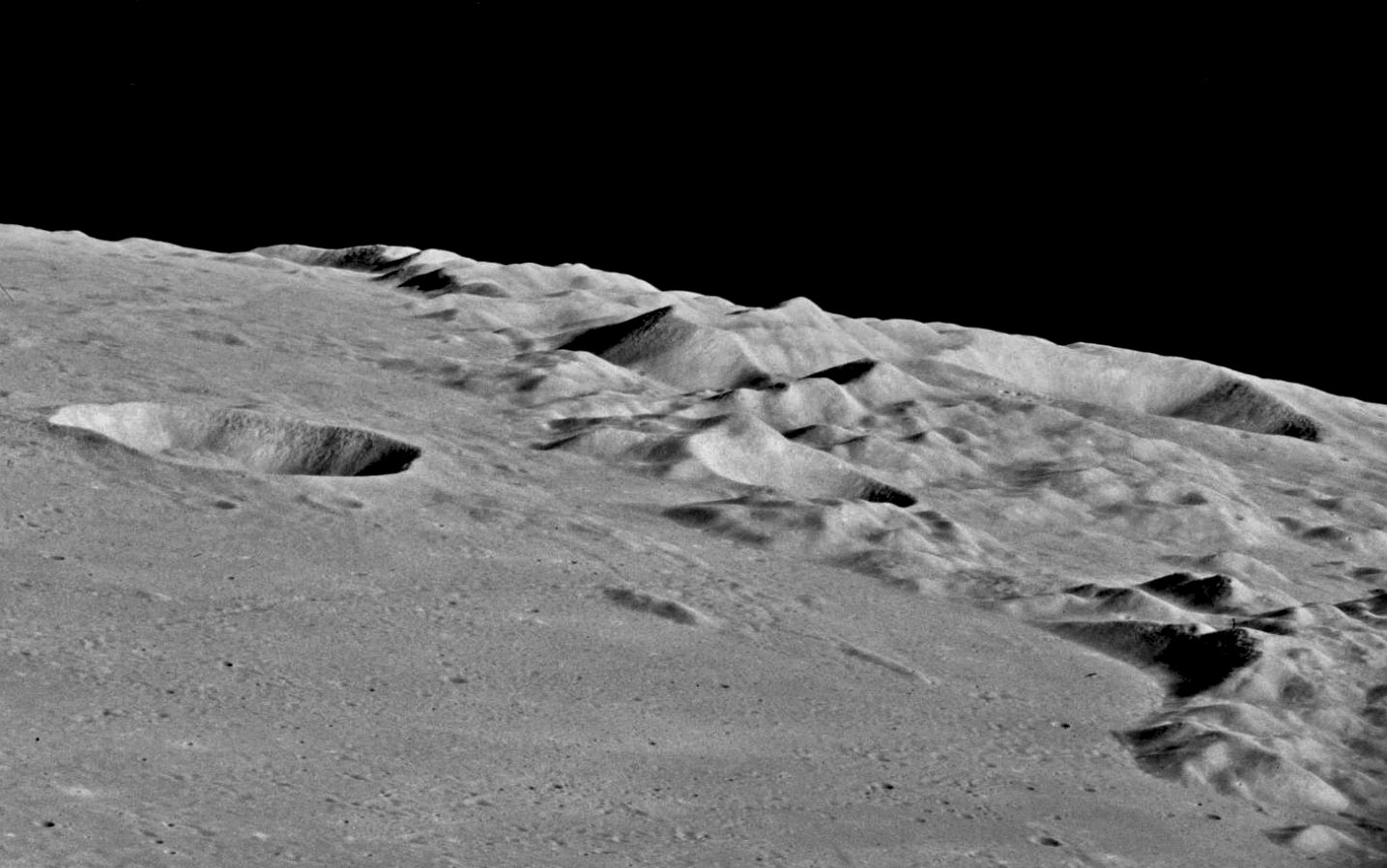Difference between revisions of "January 6, 2013"
| (4 intermediate revisions by the same user not shown) | |||
| Line 1: | Line 1: | ||
__NOTOC__ | __NOTOC__ | ||
=Over the Mountains= | =Over the Mountains= | ||
| + | <!-- Start of content --> | ||
<!-- ws:start:WikiTextHeadingRule:0:<h1> --> | <!-- ws:start:WikiTextHeadingRule:0:<h1> --> | ||
<!-- ws:start:WikiTextLocalImageRule:6:<img src="/file/view/LPOD-Jan6-13.jpg/396064892/LPOD-Jan6-13.jpg" alt="" title="" style="width: 1000px;" /> -->[[File:LPOD-Jan6-13.jpg|LPOD-Jan6-13.jpg]]<!-- ws:end:WikiTextLocalImageRule:6 --><br /> | <!-- ws:start:WikiTextLocalImageRule:6:<img src="/file/view/LPOD-Jan6-13.jpg/396064892/LPOD-Jan6-13.jpg" alt="" title="" style="width: 1000px;" /> -->[[File:LPOD-Jan6-13.jpg|LPOD-Jan6-13.jpg]]<!-- ws:end:WikiTextLocalImageRule:6 --><br /> | ||
<em>AS15-M-1540 photo from [http://wms.lroc.asu.edu/apollo/view?image_id=AS15-M-1540 ASU Apollo Image Archive]</em><br /> | <em>AS15-M-1540 photo from [http://wms.lroc.asu.edu/apollo/view?image_id=AS15-M-1540 ASU Apollo Image Archive]</em><br /> | ||
<br /> | <br /> | ||
| − | I love looking at oblique views, especially when landforms are nearly profiled against the horizon. Although telescopic shots from Earth provide that perspective, usually the magnification is not high enough to get the in-orbit feeling. All of the Kaguya HDTV images offer that out-the-porthole experience, but probably the best examples are the Metric camera shots obtained during Apollo 15. This one looks north, northeast across the rugged Caucasus, twindling toward the horizon. I am used to thinking that lunar slopes are generally gentle, but these mountains have significant slopes, as if there was vertical exaggeration. [ | + | I love looking at oblique views, especially when landforms are nearly profiled against the horizon. Although telescopic shots from Earth provide that perspective, usually the magnification is not high enough to get the in-orbit feeling. All of the Kaguya HDTV images offer that out-the-porthole experience, but probably the best examples are the Metric camera shots obtained during Apollo 15. This one looks north, northeast across the rugged Caucasus, twindling toward the horizon. I am used to thinking that lunar slopes are generally gentle, but these mountains have significant slopes, as if there was vertical exaggeration. [https://the-moon.us/wiki/Theaetetus Theaetetus], the 24 km wide, 2.8 km deep crater at left center has only a low rim rising above the nearby Imbrium plains. At the upper right is 32 km wide [https://the-moon.us/wiki/Calippus Calippus], which like Theaetetus, has not made the transformation to standard complex crater morphology with terraces and central mountain. I have commented before that craters formed on thick basin ejecta - like Proclus - often seem to be have a broad flat floors and no terraces, despite being considerably larger than the transition diameter of about 15 km. Between these two large craters is Calippus A, which has simply smashed through the mountains to make itself at home.<br /> |
<br /> | <br /> | ||
<em>[mailto:tychocrater@yahoo.com Chuck Wood]</em><br /> | <em>[mailto:tychocrater@yahoo.com Chuck Wood]</em><br /> | ||
<br /> | <br /> | ||
<strong>Related Links</strong><br /> | <strong>Related Links</strong><br /> | ||
| − | Rükl plates [ | + | Rükl plates [https://the-moon.us/wiki/R%C3%BCkl_12 12] and [https://the-moon.us/wiki/R%C3%BCkl_13 13]<br /> |
| − | <em>[ | + | <em>[[21st Century Atlas of the Moon|21st Century Atlas]]</em> chart 10.<br /> |
<br /> | <br /> | ||
<p><b>Yesterday's LPOD:</b> [[January 5, 2013|Brush Up Your Greek]] </p> | <p><b>Yesterday's LPOD:</b> [[January 5, 2013|Brush Up Your Greek]] </p> | ||
<p><b>Tomorrow's LPOD:</b> [[January 7, 2013|2 Days To Go]] </p> | <p><b>Tomorrow's LPOD:</b> [[January 7, 2013|2 Days To Go]] </p> | ||
<hr /> | <hr /> | ||
| + | {{wiki/ArticleFooter}} | ||
Latest revision as of 08:28, 28 October 2018
Over the Mountains

AS15-M-1540 photo from ASU Apollo Image Archive
I love looking at oblique views, especially when landforms are nearly profiled against the horizon. Although telescopic shots from Earth provide that perspective, usually the magnification is not high enough to get the in-orbit feeling. All of the Kaguya HDTV images offer that out-the-porthole experience, but probably the best examples are the Metric camera shots obtained during Apollo 15. This one looks north, northeast across the rugged Caucasus, twindling toward the horizon. I am used to thinking that lunar slopes are generally gentle, but these mountains have significant slopes, as if there was vertical exaggeration. Theaetetus, the 24 km wide, 2.8 km deep crater at left center has only a low rim rising above the nearby Imbrium plains. At the upper right is 32 km wide Calippus, which like Theaetetus, has not made the transformation to standard complex crater morphology with terraces and central mountain. I have commented before that craters formed on thick basin ejecta - like Proclus - often seem to be have a broad flat floors and no terraces, despite being considerably larger than the transition diameter of about 15 km. Between these two large craters is Calippus A, which has simply smashed through the mountains to make itself at home.
Chuck Wood
Related Links
Rükl plates 12 and 13
21st Century Atlas chart 10.
Yesterday's LPOD: Brush Up Your Greek
Tomorrow's LPOD: 2 Days To Go
COMMENTS?
Register, Log in, and join in the comments.



